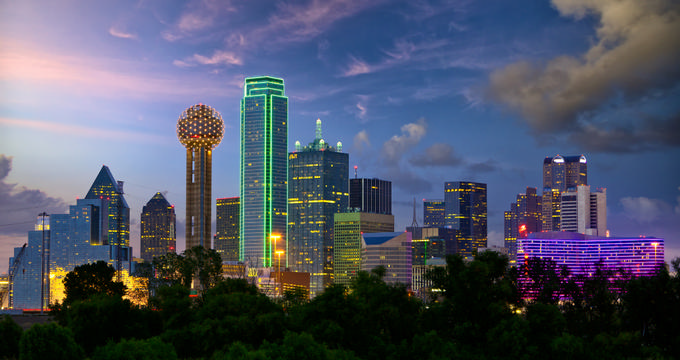Explore the elevation of Dallas—one of the most iconic and vibrant cities in Texas. With deep historical roots and a dynamic present, Dallas sits at a modest elevation yet plays a towering role in the cultural, economic, and urban landscape of the American South.
Table of Contents
Where is Dallas?
- Location: Dallas is located in the northeastern part of Texas, primarily within Dallas County, and forms part of the expansive Dallas-Fort Worth metroplex.
City Profile
- Size: Covers an area of over 385 square miles.
- Population: More than 1.3 million residents in the city and millions more in the metro area.
- History: Originally part of New Spain, Dallas was settled and named in 1841 by John Neely Bryan.
- Growth: Spurred by the railroad boom, it developed into a major trade and economic center.
- Modern appeal: Dallas is known for its Tex-Mex cuisine, vibrant arts scene, sports teams, and corporate headquarters.
Elevation Basics
- Elevation of Dallas: The city sits at 430 feet (131 m) above sea level.
- Geographic context: Located on relatively flat terrain, which contributed to its growth as a rail and transport hub.
- Urban landscape: Despite modest elevation, the city is known for its impressive skyline and sprawling urban area.
Must-Know Elevation Facts
- Elevation definition: The vertical distance above mean sea level, commonly measured in feet or meters.
- U.S. city comparison: Dallas shares similar elevations with many other major cities, typically under 500 feet (152 m):
- New York City
- Los Angeles
- Chicago
- Nearby comparison: Fort Worth is slightly higher at 653 feet (216 m).
- State comparison: Texas has a mean elevation of 1,700 feet (520 m), making Dallas significantly lower than the state average.
- State extremes:
- Highest point: Guadalupe Peak – 8,751 feet (2,667 m).
- Lowest point: Gulf of Mexico at sea level.
- Other Texas cities:
- Houston: 80 feet (32 m)
- San Antonio: 650 feet (198 m)
- Austin: 489 feet (149 m)
- Fort Davis (highest city): 4,900 feet (1,494 m)
Climate and Tourism
- Climate type: Dallas has a humid subtropical climate, typical of the Southern Plains.
- Seasonal overview: The city experiences four seasons with distinct temperature and precipitation shifts.
- Hottest month: August – Highs around 96°F (36°C), lows near 77°F (25°C).
- Coldest month: January – Highs around 57°F (14°C), lows near 37°F (3°C).
- Precipitation: Rain is more common than snow, with light snowfalls in winter.
- Rainy months: May and October are typically the wettest.
- Activities and attractions:
- Sporting events
- Tex-Mex dining
- Live music and festivals
- Museums and galleries
- Landmarks to visit:
- Dallas City Hall
- Old Red Museum
- NorthPark Center
- Dallas Museum of Art
- Dallas Arboretum and Botanical Garden
- More information: Visit the Dallas City Hall official website.
Plan Your Trip


